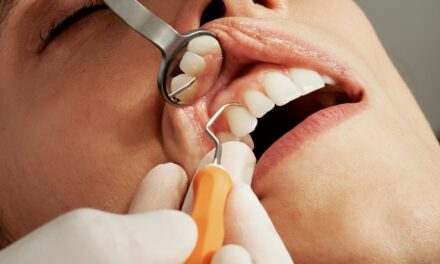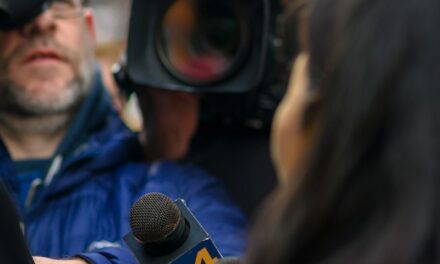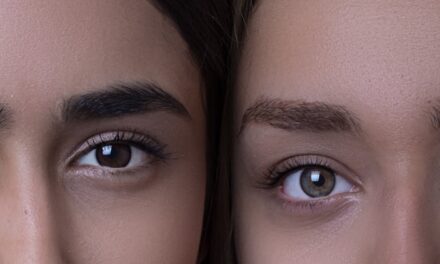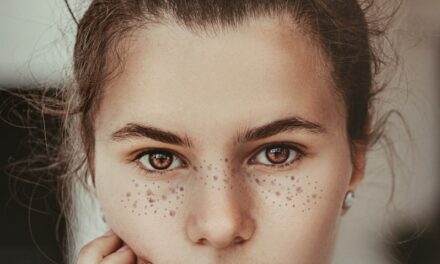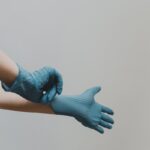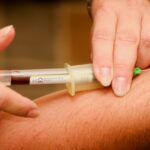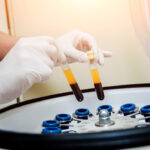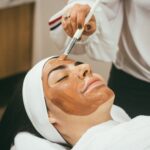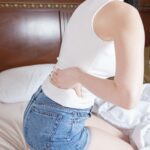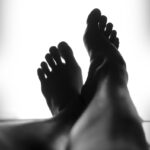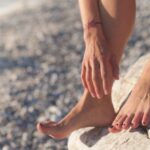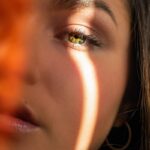It’s no secret that when it comes to skincare and treatments, we are far behind. In Korea, overall skin health is prioritised, and treatments are viewed as health maintenance rather than a luxury splurge.
So, what is a Korean facial? Before looking at Korean facials, it helps to understand the key differences in how skincare and treatments are viewed.
In the Western world, we have previously been conditioned to believe that skin treatments and facials are a luxury splurge reserved for the Hollywood elite. Nowadays, facials and treatments are more readily available but still not something we prioritise regularly.
Now, given Korea’s dominance in the skincare market, it should come as no surprise that facials and skin treatments form part of a healthy lifestyle. The average Korean opts for a facial every week, and with skin clinics and spas on every corner, Korean facials are easily accessible to everybody.
What is a Korean Facial?
Like a Western facial, a traditional Korean facial begins with a cleansing routine before being toned and steamed to open the pores. Next, it’s time for deep exfoliation to help encourage cell turnover.
Now, in Korea physical exfoliation is a rarity, instead, clinicians opt for enzyme and chemical exfoliants to gently remove dead skin cells.
After cleansing, toning, and exfoliating, targeted ampoules or essence are applied to the skin, followed by a mask to encourage absorption.
When it comes to extractions, Korean facials focus on isolation, which means they will only extract bacteria build-up from noticeably clogged pores rather than focusing on the whole face. This means redness and inflammation following a facial are kept to a minimum.
The final, and arguably the most important step in a Korean facial is SPF which is applied to the skin after the entire regimen is complete. This step is often overlooked in the Western world, but SPF in Korea is often one of the only skincare treatments used daily.
Massage
One thing that sets Korea apart in terms of facials is the focus on deep massage, not just on the face but also extending to the decolletage and breasts. Like the face, these areas are often exposed making them more suspectable to environmental damage.
During a Korean massage, a lot of pressure is used to encourage lymphatic drainage, stimulate circulation, and make the skin appear less droopy and more contoured.
One of the most popular massages used in Korea is the V-Line massage which involves pressurised movement from the centre of the chin, up and out to visibly tone the skin around the lower face.
For more information on Korean facials or to book a consultation to help you on your skincare journey, contact Dr. Jinah Yoo Dermatology.

